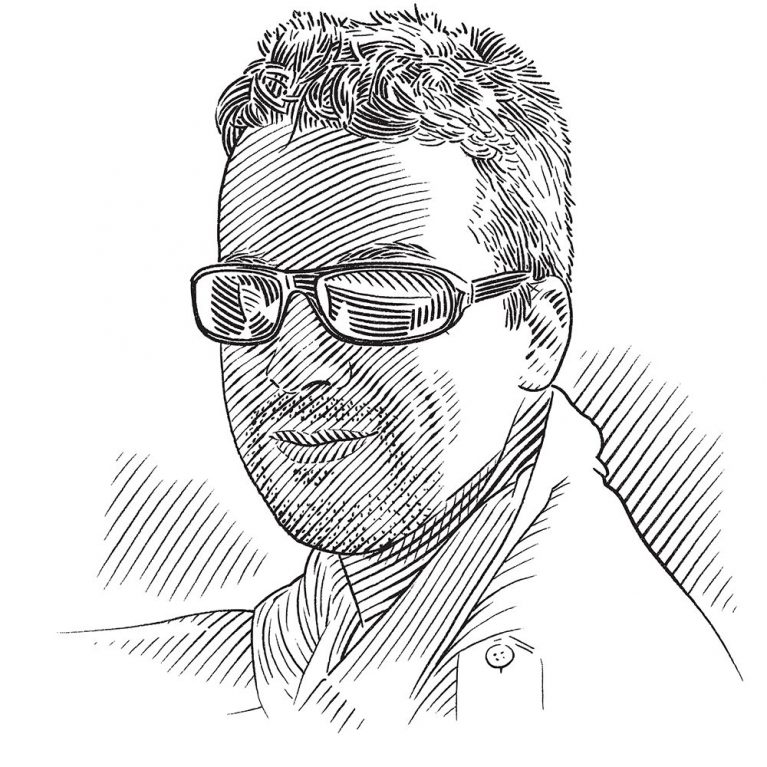William White

Who I am
My passion for marine life began at a very early age and during my childhood I spent much of my time snorkelling or swimming in the waters off Western Australia. I began working at an aquarium as a diver/aquarist during my undergraduate years, which further propelled me towards a life working with sharks and rays. This led into my postgraduate studies on sharks and rays. While working towards my Honours and PhD, I began studying the ecology of sharks and rays in Shark Bay, a World Heritage Area. I then began doing research in fish markets in Indonesia where, at the time, not even baseline data were available for this fishery. The discovery of more than 20 new shark and ray species in Indonesia pulled me into the dark side – taxonomy! Since 2005, I have been involved in describing more than 60 species of sharks and rays. The ultimate goal of my research has always been to provide accurate scientific knowledge to better aid conservation efforts.
Where I work
Although I am based in the cool-temperate climate of Tasmania, my work has always focused on tropical regions and over the past four years it has taken me into the wilds of Papua New Guinea (PNG). Few places on the planet can compete with this geologically complex country in terms of biodiversity and range of habitats. Yet when it comes to sharks and rays, we know so little of what occurs there and to what level they are exploited or adversely affected by humans. PNG is still so raw and wild at heart and although field surveys are very difficult, those that I have undertaken there have been awe-inspiring. From the muddy mangroves of the Fly River delta to the lush and raw terrain of Bougainville, the tropical paradise of New Ireland and the underwater gems of Milne Bay, field work in PNG is tough to beat.
During our field work, we have been able to document many new records for PNG and discover good populations of a number of highly threatened species. On our very first field trip, we came across two species of river shark (Glyphis spp.) on only the third day. Sawfishes were also found to be encountered regularly by fishers in some areas. All four species known to occur in PNG were found on one survey trip. Anecdotal information suggests that sawfishes are very common in some areas, but these areas remain poorly surveyed.
What I do
Our project is going to undertake detailed surveys of key areas for sawfishes. Recent literature reviews of published and unpublished reports have isolated the key areas where sawfishes occur, or have occurred, in PNG. We will collect information from local fishers in these areas as well as undertake surveys of our own to find sawfishes. We will work closely with the University of Papua New Guinea during our surveys, with the aim of providing some capacity building for several local students. Information guides will be produced to give to local villages. Fishers and villagers will be interviewed about their interactions with sawfishes, any economic benefit (e.g. selling parts) or cost (e.g. destroying nets) these interactions have, and trends in their interactions over the years. The cultural importance of sawfishes to different groups or villages will also be investigated.
